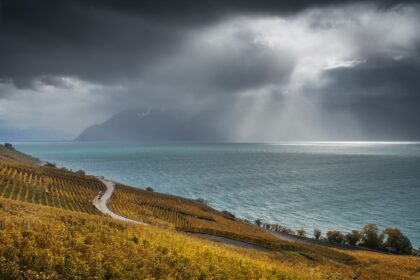Northern lights photography tips often focus on gear and settings but in reality, it’s full of surprises. Since 2018, I’ve been lucky enough to capture the aurora in Lapland, Iceland, the Faroe Islands, and even Switzerland. But let me be honest: even after all these trips, it’s still a challenge every single time.
Weather, camera settings, location, timing… so many things can go wrong.
In this article, I share the 8 biggest challenges I’ve faced when photographing the aurora and the little things that helped me overcome them. I hope these northern lights photography tips will help you enjoy the moment and get the shot.

1. Finding the right location
One of the first challenges I face is choosing the right spot. Why? Because you never really know where the aurora will show up or how it will move. In the beginning, I thought I always had to face north, and it’s generally true. For example, in Switzerland in 2024, the aurora appeared clearly in the northern sky. But in Iceland, where you’re already quite far north, the aurora can spread across the entire sky or even appear behind you.
Now, I try to pick open locations that offer multiple composition options, or spots close to others, so I can quickly drive elsewhere if needed.
Another important point is light pollution. Village lights can reflect off the clouds and turn them orange, which may not be the look you’re after. If it’s your first aurora outing, make sure to check for nearby villages or city lights facing your composition. You can use tools like to find the darkest skies, like a light pollution map
➜ Light Pollution Map
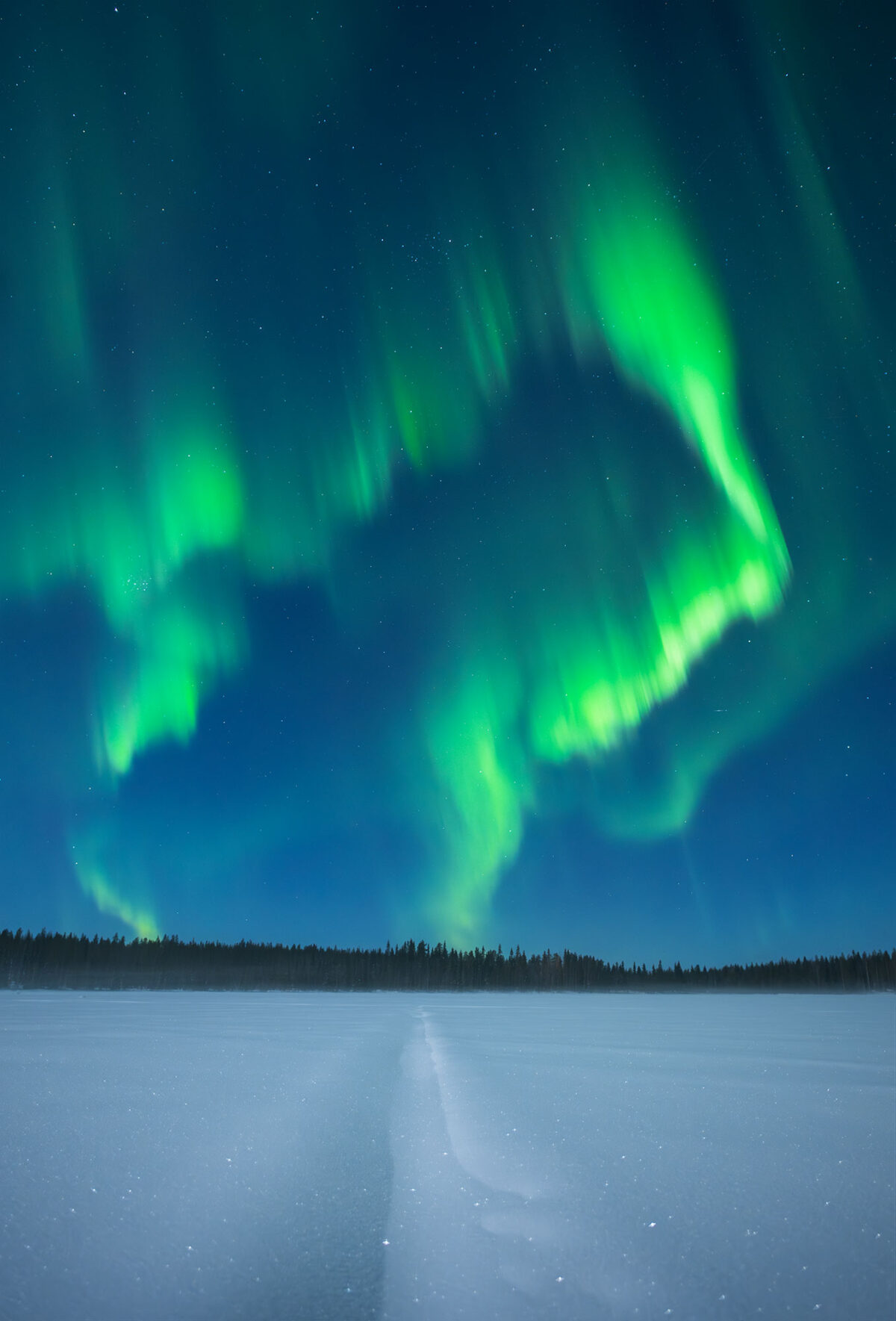


2. Northern lights photography tips for strong compositions
Auroras can be small, medium, or huge. So they’ll take up more or less of the sky, and you need to adapt your foreground accordingly. That’s why I always recommend scouting your chosen locations during the day. It makes a big difference to know the area in advance.
Trust me, arriving somewhere new for the first time in the middle of the night with only your headlamp is stressful. You’ll already be excited, so the less extra pressure, the better. If you’re prepared, you can focus more on the photography itself.

3. Finding clear skies
Let’s be real, the weather is out of our control. You might be in the perfect place, but the clouds won’t care. That’s why it’s smart to keep backup locations in mind and check multiple weather and aurora apps to find areas with better chances.
One evening in Iceland, I got the aurora alert and rushed to Kirkjufell Mountain, it was just 3 minutes from my hotel. I arrived on the spot full of hope… but a single cloud rolled in and covered the whole sky. Ten minutes later, everything was hidden. That’s how fast it can change.
➜ My Aurora app
➜ Aurora Forecast
4. Dealing with the cold
Northern lights often go hand in hand with freezing nights. So gear up properly. You’ll be standing still for long periods next to your tripod, so warmth is key.
✅ Thermal base layers
✅ A warm hat
✅ Thin gloves for operating your camera
✅ A scarf or neck warmer
Also, your camera batteries will drain faster, not just because of the cold, but also because of long exposures. Always carry fully charged spares with you. Auroras can last for hours, and you don’t want to run out of power in the middle of the magic.
5. Composing in the dark
This is a tough one for me. I’m not great at focusing in the dark. I usually try to focus on a star manually and then switch to manual mode without touching the ring again. But what I struggle with most is building a strong composition with a sharp, meaningful foreground while it’s pitch black.
Sometimes, it feels like guessing. But over time, you start to trust your instincts more.
6. Staying motivated at 3 a.m.
Let’s be honest, I’m an early riser, especially during the workweek. So staying up late doesn’t come naturally. I usually manage to go out one or two nights per trip. If I see a strong aurora alert, I go out right away to make the most of it.
In Finland, I remember arriving at a spot around 11 p.m., and we stayed until 2 or 3 a.m., right until the show ended. It was cold and exhausting, but so magical. Some of my favorite shots came from that night. You’ll find them at the bottom of this article.
7. Managing stress and expectations
This one’s personal. I absolutely love the northern lights. Sometimes I joke that I want a lamp that projects aurora shapes on my ceiling. So when I get an aurora alert while traveling, I get ridiculously excited.
Luckily, my travel buddy is incredibly patient. But I admit, I often feel anxious and afraid I’ll miss the show or won’t get any good shots. Sometimes, I even snap at him, which makes me feel ashamed afterwards. It’s hard to control that mix of adrenaline, frustration, and pressure in the moment.
Now, I try to:
✅ Prepare my photo bag and batteries in the evening
✅ Choose and pre-check my locations during the day
✅ Take things step by step on site
✅ Try not to get mad at my gear — or at my friend — because in the end, it’s just a photo
✅ And most importantly, pause and soak it in with my friend by my side
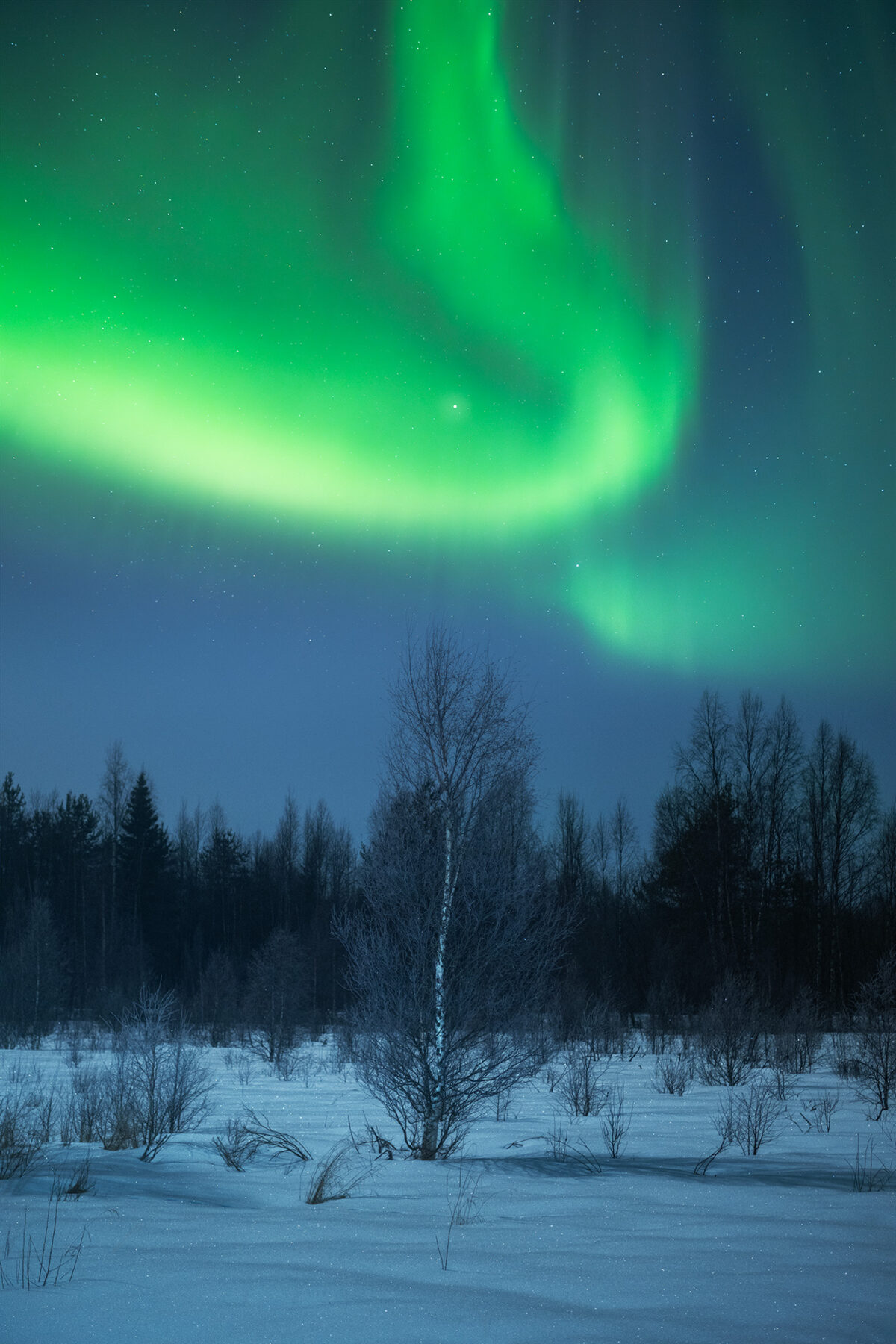
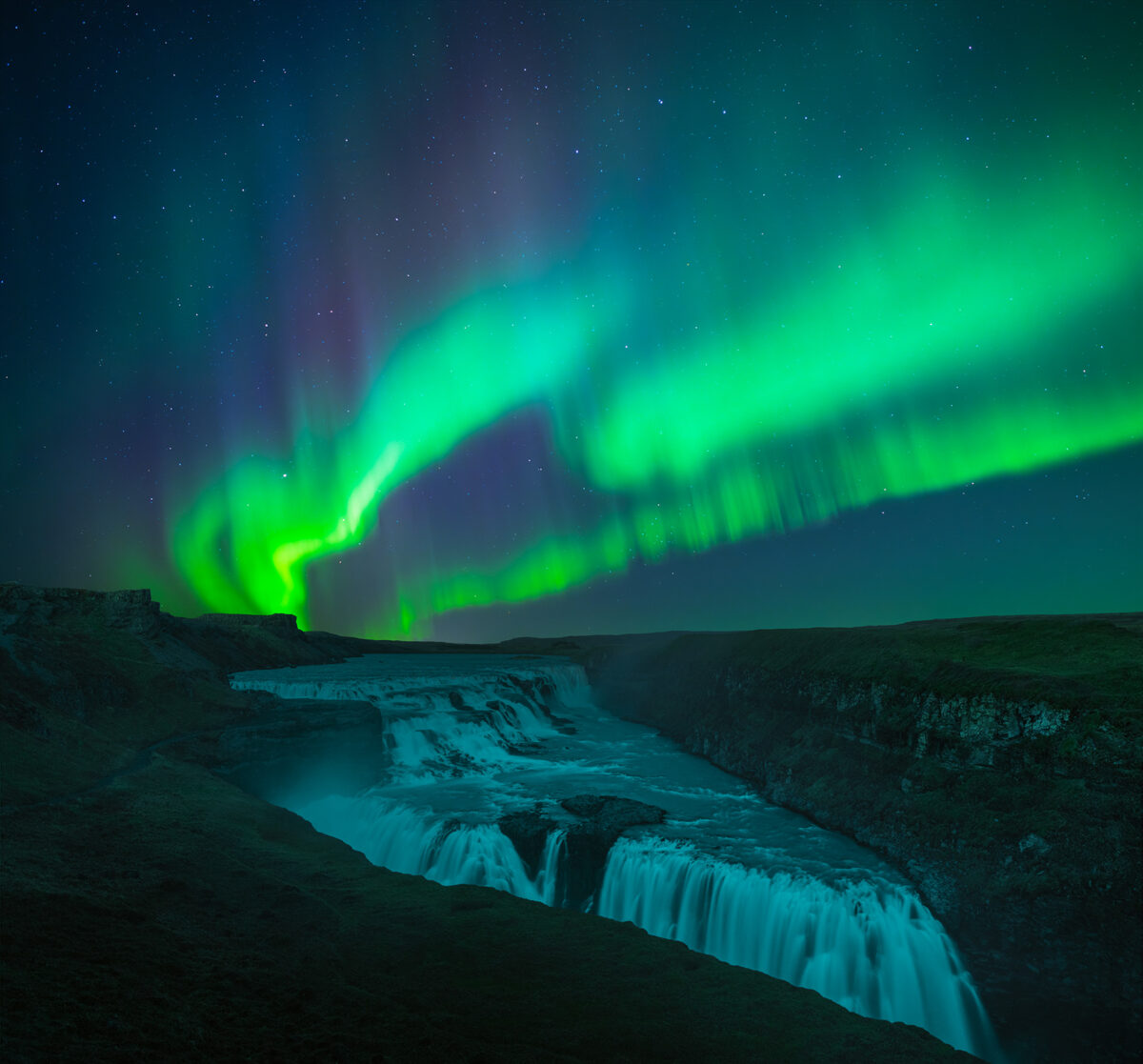
8. Should you make a composite?
As I mentioned, composing in the dark isn’t easy. In Iceland, I sometimes took a photo of the foreground during the blue hour and then blended it later with an aurora shot taken from the same spot.
It’s a creative choice. For example, once I drove two hours to a beautiful location, but the aurora appeared behind me. So I returned the next evening at twilight and captured the foreground, just as I’d imagined it.
Is it purist? Maybe not. But it’s your art. And if it helps you create the image that lives in your mind, then why not?
Final thoughts
Photographing the northern lights is one of the most magical things I’ve ever experienced, but it comes with its share of challenges. From freezing temperatures to late-night doubts, every outing is a mix of excitement, learning, and unpredictability.
There’s no perfect formula. Some nights are chaotic, others are quiet. Sometimes you go home empty-handed, and sometimes the sky lights up beyond anything you imagined.
But each time, it’s worth it.
So plan ahead, stay warm, be kind to yourself, and keep your expectations flexible. Let the aurora surprise you.
And most of all, enjoy the moment. Happy shooting.
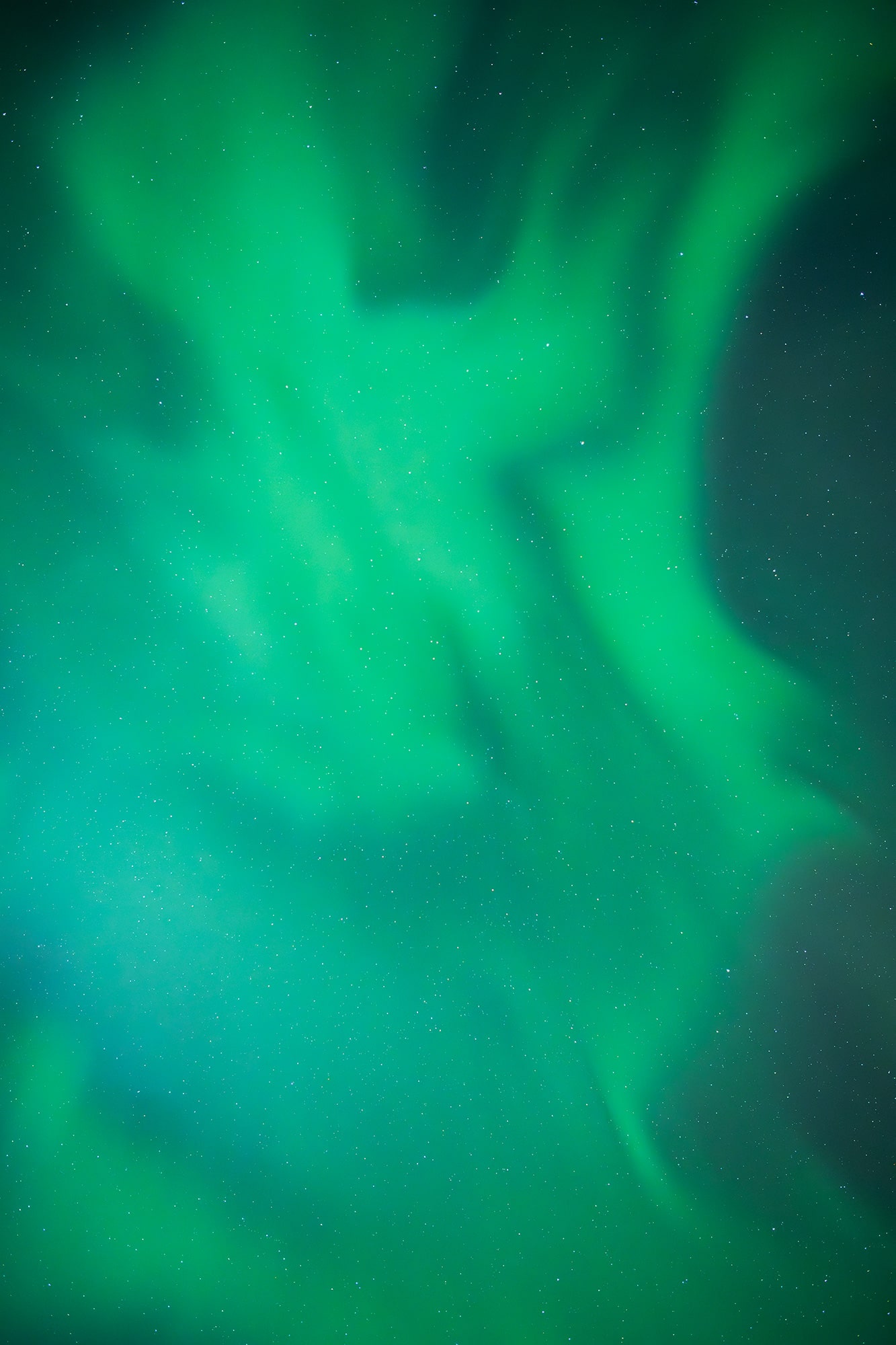
Published on July 24, 2025 by Jennifer Esseiva

